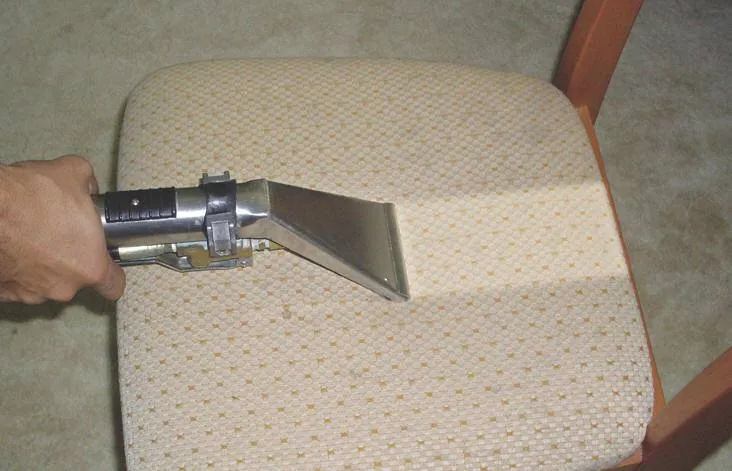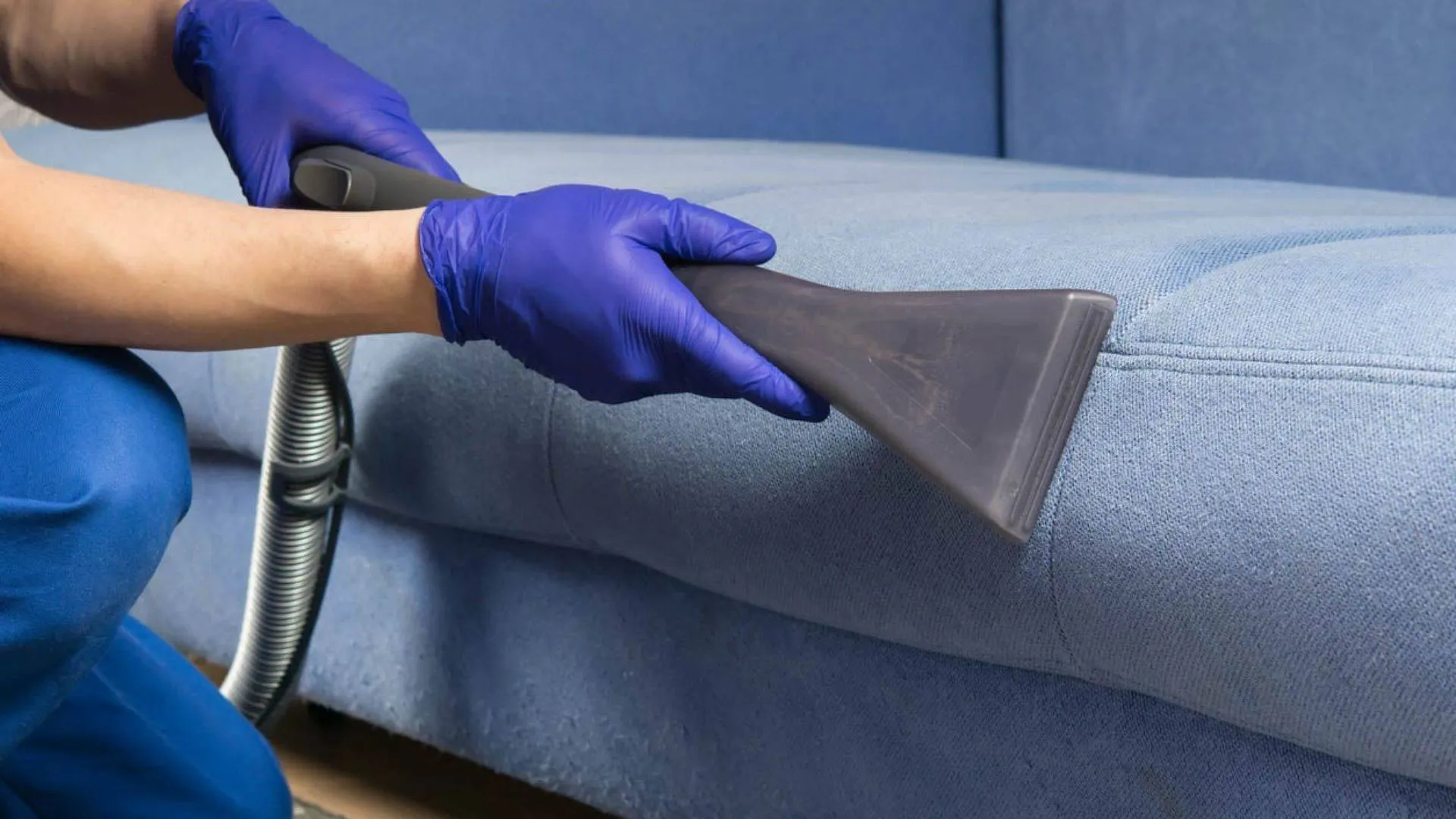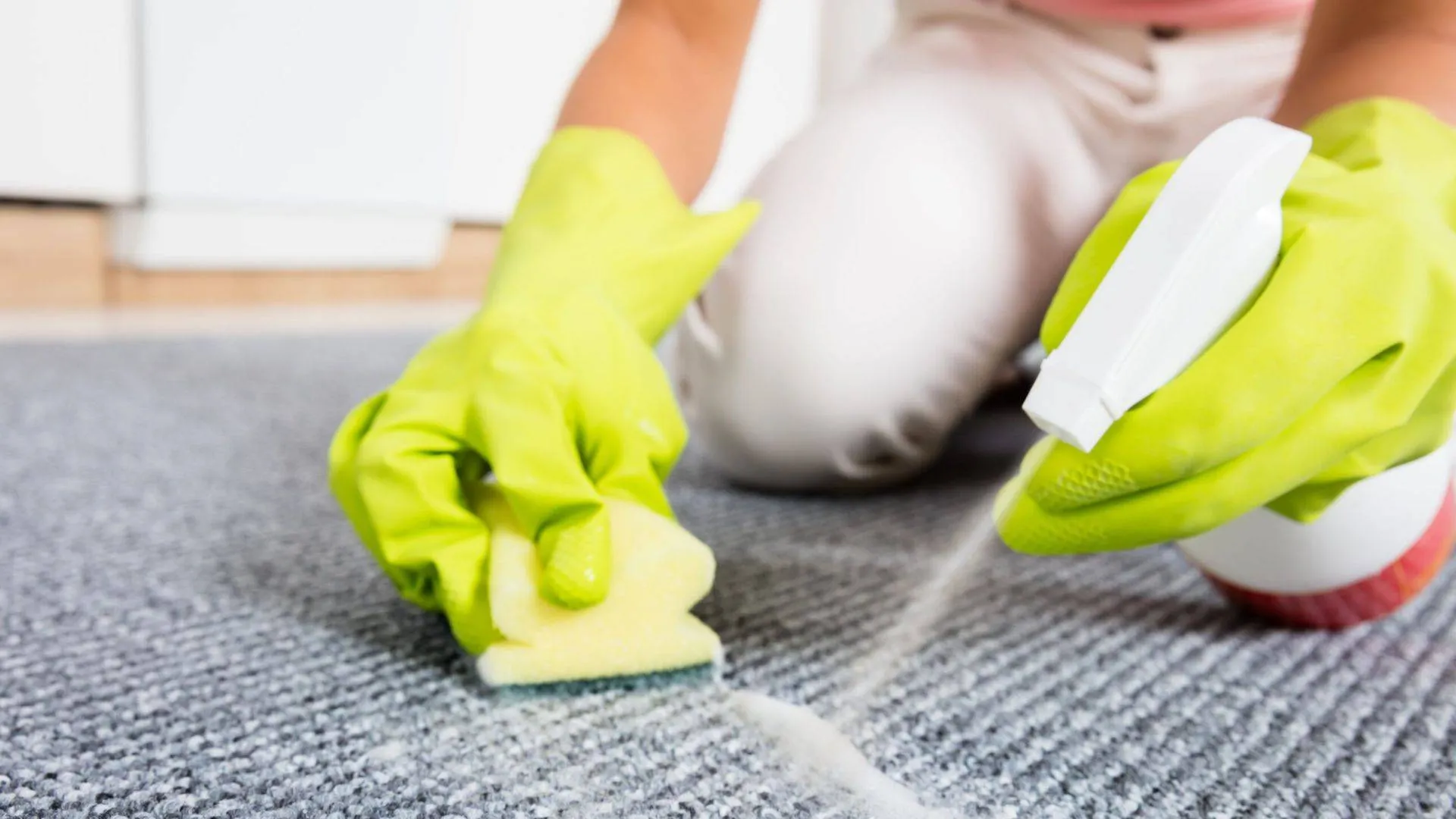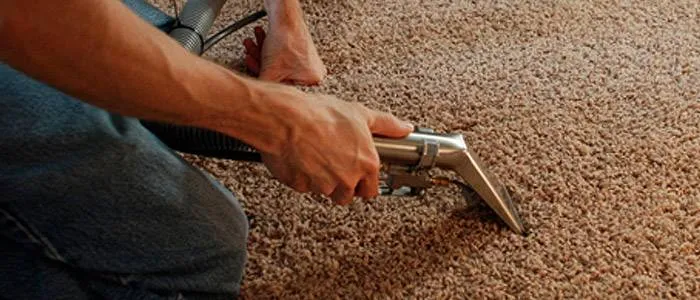Upholstery Cleaning Tips From Professionals On The Gold Coast
We invest in our furniture because we want to live in both comfort and luxury. Whether it’s leather or cloth, you can find designs that will give you the feel of a warm, loving embrace and a look straight out of “Home and Design” magazine.
But what is the best way to combat stain removal on your upholstery fabric? Our professional upholstery cleaning team will share the best practices for maintaining your furniture.
What Is The Easiest Upholstery To Clean?
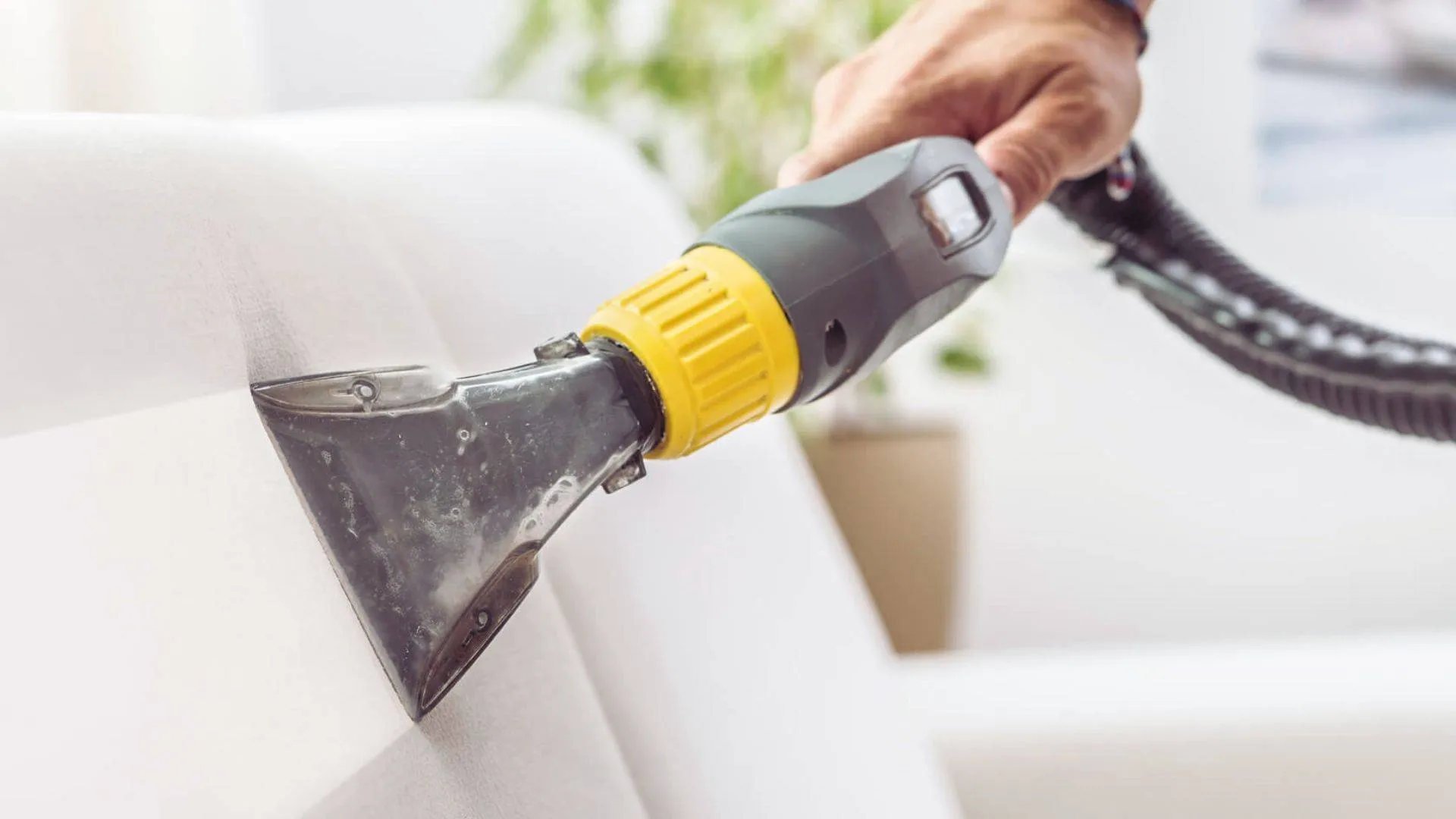
As beautiful and wonderful as our furniture makes us feel, these are often subject to much use and abuse. We may not be aware of it, but neglect can lead to long-term damage to upholstery. Sometimes, repairs or maintenance work may be futile, and re-upholstery becomes the only option. Think about that well if your furniture is made of high-grade Italian leather, which is very expensive.
If you want low-maintenance furniture, your best option would be leather. Compared to fabric, leather upholstery has the following advantages:
- Easy to clean - all you need are a damp cloth and a vacuum cleaner. Of course, there are speciality solutions you can buy to maintain the quality of the leather. But generally, water and mild soap would be enough.
- Leather material is more durable - in fact, over time, as the material ages, it will develop its own look and add “character” to the furniture.
- Furniture designs using leather as a material remain more contemporary compared to fabric.
- There are different types and kinds of leather that can be used for upholstery. Thus, you can easily find leather furniture that will meet your budget.
How Can You Clean Other Types Of Upholstery?
Fabric upholstery presents greater challenges for cleaning and maintenance. It is more prone to heavy stains because the material is generally absorbent. The fabric material is made of interwoven strands which makes it more susceptible to the accumulation of dust, dirt and grime. It can be a nesting ground for dust mites, insects and unwanted pests. Similarly, it can also harbour some bad odours.
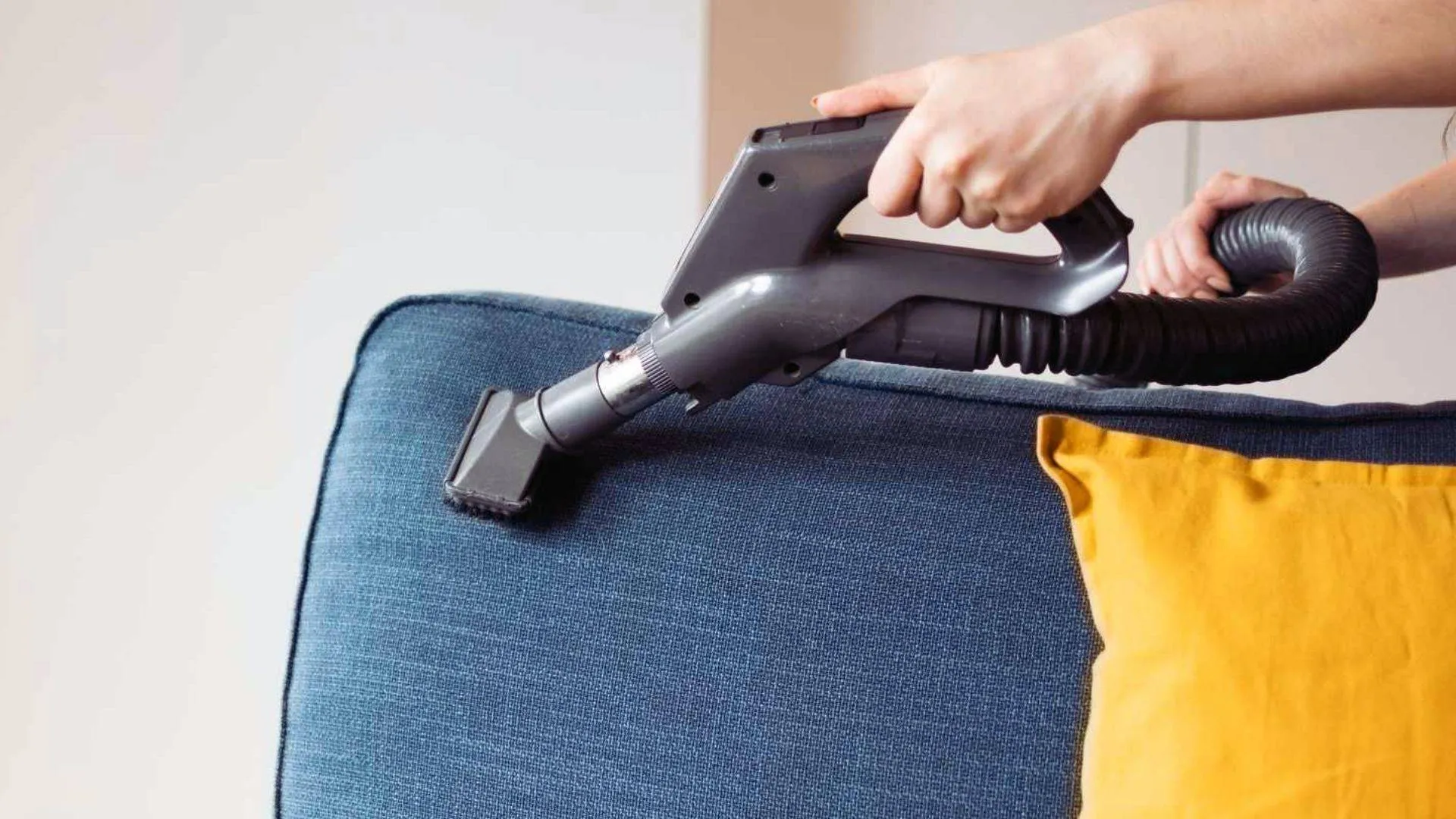
Unlike leather, the material of most fabric loses strength over the years. As it gets worn, the fabric will easily rip and tear. Designs for fabric exude a lesser sophistication compared to leather. In a matter of years, it may appear passé and may require homeowners who want to maintain a modern vibe to replace furniture.
If you own fabric upholstery, here are a few tips to keep it clean and well-maintained. For more detailed guidance, check out our guide on cleaning white upholstery and removing pet odours.
1. Start With The Vacuum
With this first cleaning method, run your vacuum throughout your furniture; get inside all the nooks and crannies. All vacuum cleaners come with an attachment that will allow you to get to the hard-to-reach places.
Vacuuming your furniture is important because it loosens up the dirt and removes as much dust as possible. If you have a fabric couch, you’ll probably find enough crumbs to fill up an entire bag, plus some loose change here and there.
These crumbs attract pests, especially cockroaches. If food debris is not cleared, your couch may be infested. So we suggest using a crevice tool or soft brush to ensure thorough cleaning.
Another problem with fabric is an accumulation of pet hair. If you have pets who stay indoors, pet hair could pose a potential health hazard, especially for those with asthma. Our professional odour removal service can help eliminate pet-related issues. If vacuuming is not sufficient to get rid of pet hair, use pet hair remover, which is available in most pet stores.
2. Read The Tag
All fabric upholstery comes with a tag with a symbol to inform you how to clean and maintain it. The symbols are as follows:
- “W”- Water. It means you can use water-soluble cleaners to clean the fabric.
- “S”- Solvent. You should only use solvent or a water-free product such as a dry-cleaning solvent. Using a water-based product could cause the material to fade.
- “WS” or “SW”- This means you can use either a water-soluble product or a dry-cleaning product. This opens up your options in cleaning the fabric but, at the same time, could pose problems in the future. When you see this symbol, it may be best to call in the professionals.
- “X”- Neither water-soluble nor dry-cleaning products can be used. Fabric with this tag is best left to the professionals to handle.
3. Use A Home Made Solution
You can make a safe fabric cleaner by mixing one cup of warm water and ¼ cup of mild dish soap. Use an electric mixer to mix the solution until it becomes thick.
4. Apply The Solution
Once you’re done vacuuming, apply the solution using a soft-bristled brush, then rub it onto the fabric until it builds into thick foam. Use a spatula to remove the foam. If there are suds remaining, use a dry cloth to wipe them away.
5. Let It Dry Completely
Using too much water may cause stains and lead to fabric shrinkage. It is very important to make sure the fabric is dried quickly but properly. Moisture creates the ideal conditions for moulds and mildew to grow. You can use a hair dryer to help speed up the process.
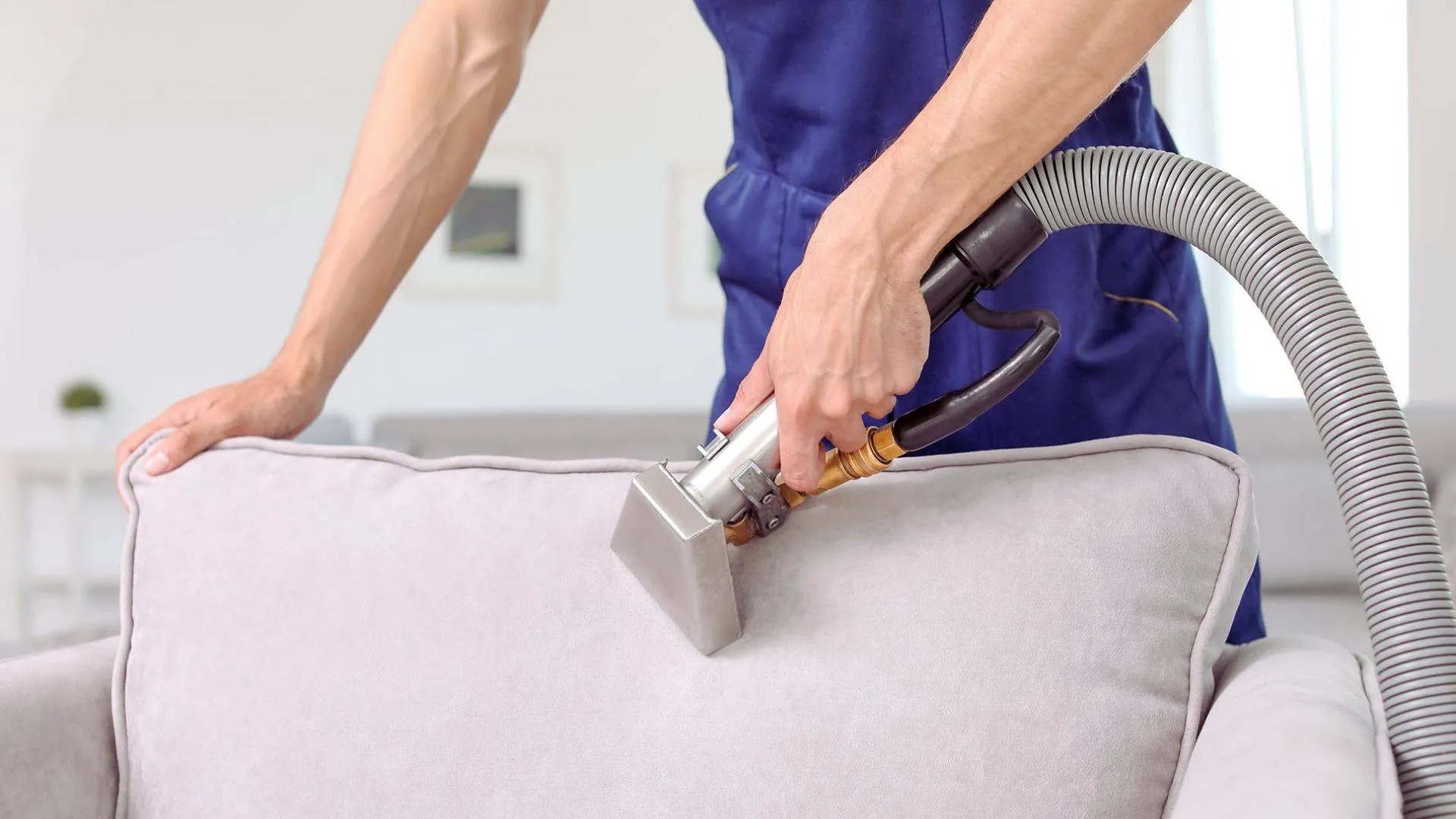
Clean Your Upholstered Furniture The Right Way!
The most important thing to remember with fabric upholstery is to remove stains immediately. If you see a fresh stain, blot it right away with paper towels or a dry cloth. For tough stains, our professional stain removal service can help restore your furniture. Then apply the same cleaning solution of warm water mixed with mild dishwashing liquid. Blot out an excess solution with a microfibre cloth, then allow the fabric to dry properly.
DIY techniques are good as quick-fix solutions for your upholstery concerns. But it’s always best to hire professional upholstery cleaners to ensure your furniture is properly maintained, especially when dealing with stubborn stains.
We also suggest you do not use any harsh chemicals to clean stains in case you damage your chair or couch fabric. Also, only use a clean cloth, and always wear rubber gloves.
Ready to restore your upholstery to its former glory? Book our professional upholstery cleaning service today and experience the Carpet Surgeon difference.
Related Articles:
